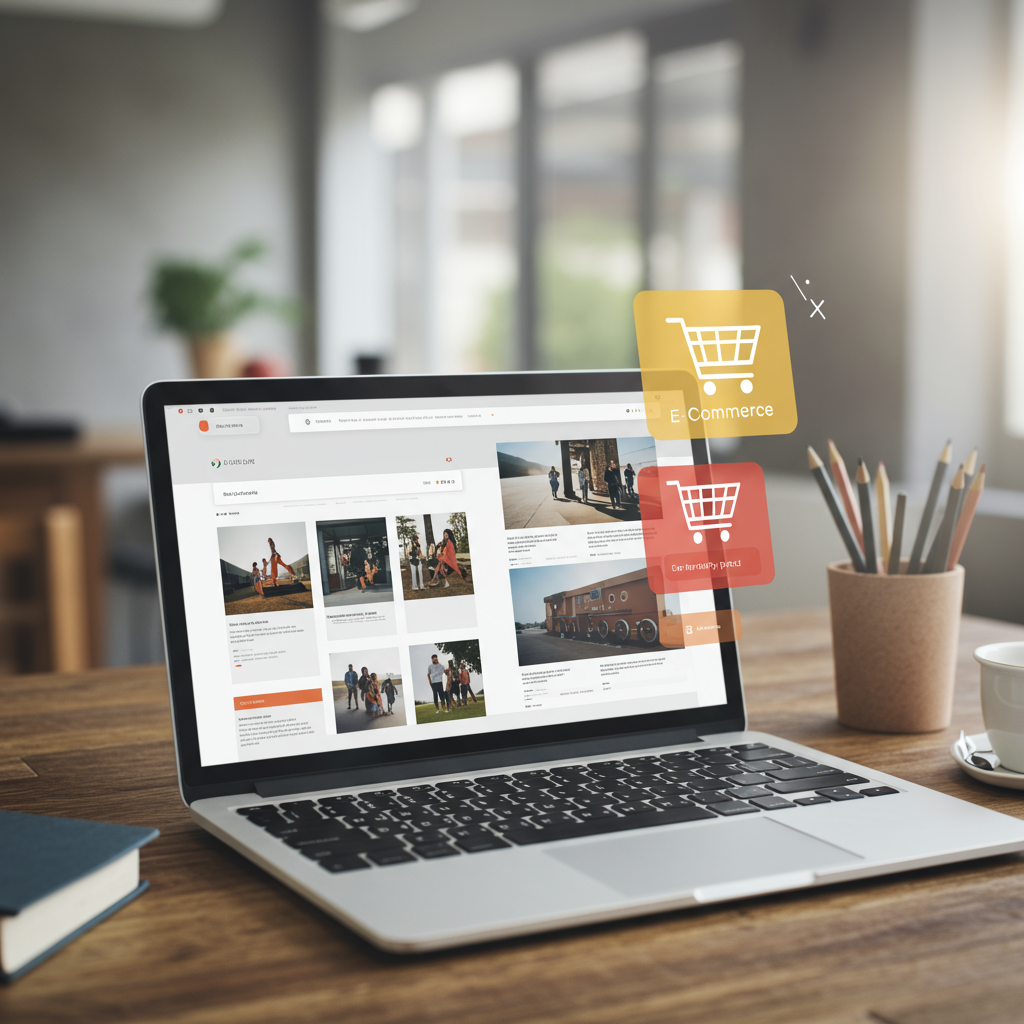As a new Shopify entrepreneur, I understand the challenges of gaining traction. This article shares my proven strategies and actionable tips to help you optimize your store, attract customers, and drive sales from day one.
As a new Shopify seller, I know how overwhelming it can feel to launch your store and then wonder how to actually get sales. It’s a common challenge, but one that’s entirely surmountable with the right strategies.
I’ve spent years observing and implementing various tactics, and I’m here to share some of the most effective growth hacks that can help you gain traction quickly and sustainably.
First and foremost, let’s talk about your foundation: your niche. Before you even think about marketing, I always advise new sellers to ensure they’ve truly validated their product idea and identified a specific target audience.
Don’t try to be everything to everyone. A narrow, well-defined niche allows you to speak directly to your ideal customer, making your marketing efforts far more efficient and impactful.
Once your niche is solid, your Shopify store itself needs to be a conversion machine. I’ve seen too many new sellers neglect the basics of store optimization.
This means choosing a clean, professional theme that reflects your brand, ensuring it’s fully responsive for mobile users (which is crucial today), and optimizing your site speed. A slow site is a sales killer, plain and simple.
High-quality product photography is non-negotiable. I can’t stress this enough. Your customers can’t touch or feel your products online, so your images are their primary interaction.
Invest in good lighting, multiple angles, and lifestyle shots that show your product in use. Pair these with compelling, benefit-driven product descriptions that answer all potential customer questions and evoke emotion.
Next, let’s consider pricing. While it might seem straightforward, your pricing strategy can significantly impact your perceived value and sales volume.
I recommend researching competitor pricing, understanding your cost of goods, and then experimenting with different price points, perhaps even offering bundles or introductory discounts to attract early customers.
Now, onto getting eyes on your store. For new sellers, I always suggest starting with organic traffic sources before diving deep into paid advertising.
Search Engine Optimization (SEO) is your long-term friend. I focus on optimizing product titles, descriptions, and blog content with relevant keywords that your target audience is searching for.
Social media is another powerful tool. Identify where your audience hangs out – Instagram, TikTok, Pinterest, Facebook – and create engaging content that showcases your products and brand personality.
Don’t just sell; provide value, tell stories, and interact with your followers. Building a community around your brand can lead to incredibly loyal customers.
Email marketing is often overlooked by new sellers, but it’s one of the highest ROI channels. I always set up automated welcome sequences, abandoned cart reminders, and promotional campaigns.
Start building your email list from day one with pop-ups or lead magnets. This direct line of communication with your customers is invaluable.
When you’re ready for paid advertising, I suggest starting small and testing different platforms and ad creatives. Facebook/Instagram Ads and Google Shopping Ads can be very effective if targeted correctly.
Focus on clear calls to action and compelling visuals. Remember, the goal is to get a positive return on your ad spend, so track everything meticulously.
Exceptional customer service is a growth hack in itself. I believe that happy customers become repeat customers and brand advocates.
Respond promptly to inquiries, be transparent with shipping, and handle returns or issues gracefully. A positive customer experience can generate powerful word-of-mouth referrals.
Leveraging Shopify apps can significantly enhance your store’s functionality and automate tasks. I explore apps for reviews, upsells, email marketing, loyalty programs, and analytics.
Just be mindful not to overload your store with too many apps, as this can slow down your site. Choose wisely based on your specific needs.
Building trust is paramount. I always ensure my store has clear privacy policies, shipping information, and return policies readily available.
Customer reviews are gold. Actively encourage customers to leave reviews, perhaps with a follow-up email. Positive reviews build social proof and significantly influence purchasing decisions.
Don’t forget the power of analytics. I regularly dive into my Shopify analytics and Google Analytics to understand customer behavior, identify popular products, and pinpoint areas for improvement.
This data-driven approach allows me to refine my strategies and make informed decisions about my marketing and product offerings.
Consider implementing simple upsell and cross-sell strategies. When a customer adds an item to their cart, I might suggest a complementary product or an upgraded version.
This can significantly increase your average order value without needing to acquire new customers. Shopify’s built-in features or specific apps can help with this.
Finally, I want to emphasize consistency and patience. Building a successful Shopify store isn’t an overnight process. It requires continuous effort, learning, and adaptation.
Keep experimenting, keep optimizing, and keep providing value to your customers. Your dedication will pay off.
What do you think about this article? I’d love to hear your thoughts and any growth hacks you’ve found particularly effective for your own Shopify journey.






